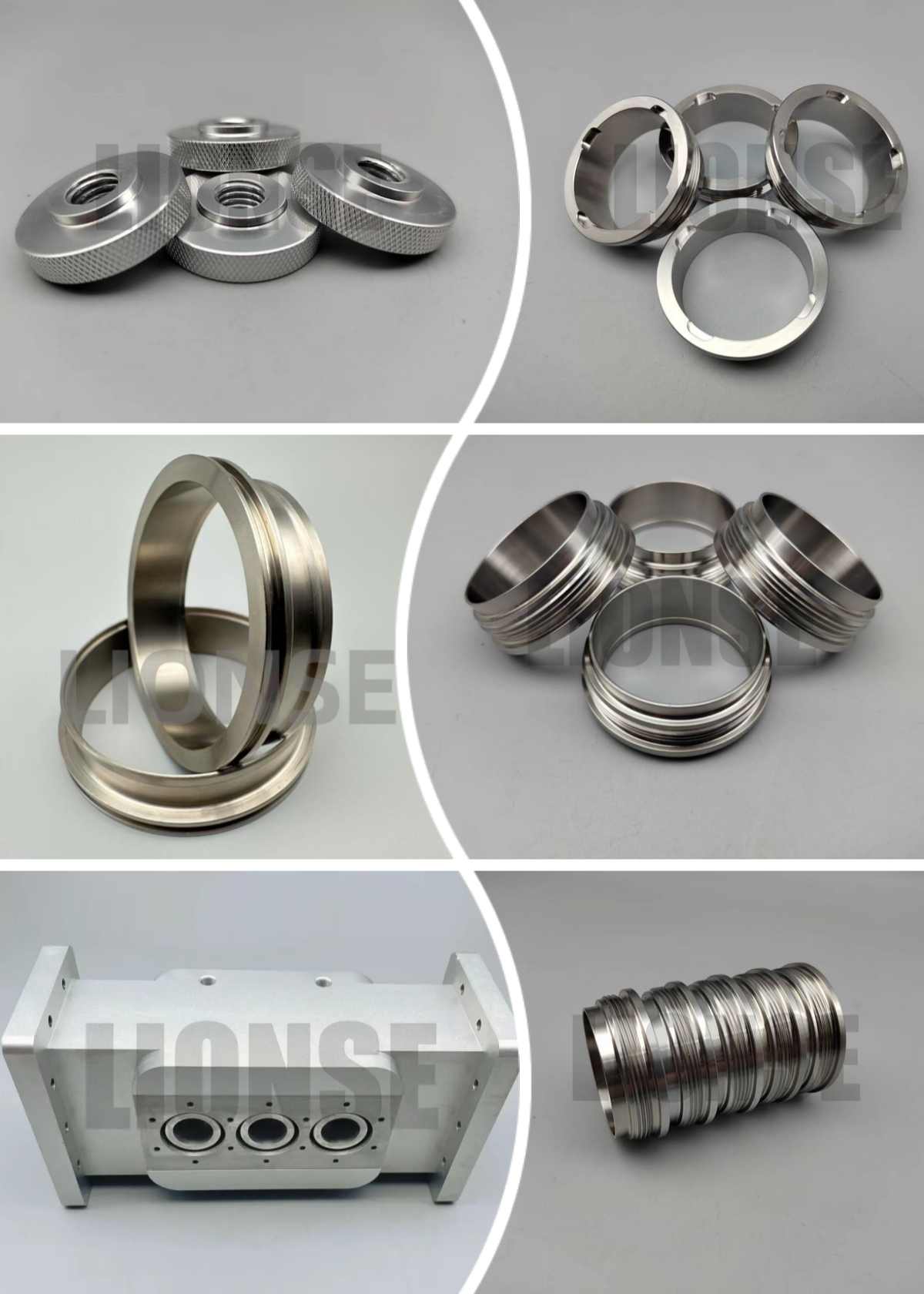

304 stainless steel (18/8 stainless steel) contains 18% chromium and 8% nickel. Chromium reacts with oxygen to form a dense chromium oxide (Cr₂O₃) protective film, which isolates oxygen from the metal substrate. Nickel enhances corrosion resistance, increases strength and toughness, making it highly resistant to corrosion. Its tensile strength is ≥ 520 MPa, with a melting point of 1398 - 1454°C. It can withstand temperatures up to 800°C and performs well in most indoor and outdoor environments. It is widely used in food and medical, chemical and electronic, and architectural decoration fields.
First, chloride ion erosion, penetrating the oxide film in coastal or high salt fog environments and causing pitting corrosion; second, surface damage or contact with dissimilar metals, forming a micro-battery effect in a humid environment after the oxide film is damaged; third, organic matter generating organic acids under aerobic conditions to corrode the oxide film, for instance, the gloss of 304 stainless steel drops by 40% after being immersed in 3% acetic acid for 72 hours; fourth, direct damage to the oxide film by acids and alkalis; fifth, high temperatures (above 800℃) altering the structure of the oxide film and reducing its corrosion resistance.
Our 304 stainless steel parts, thanks to the outstanding surface passivation treatment process, form a dense oxide film, which can effectively resist daily corrosion and are nearly maintenance-free in dry or moderately humid environments.
